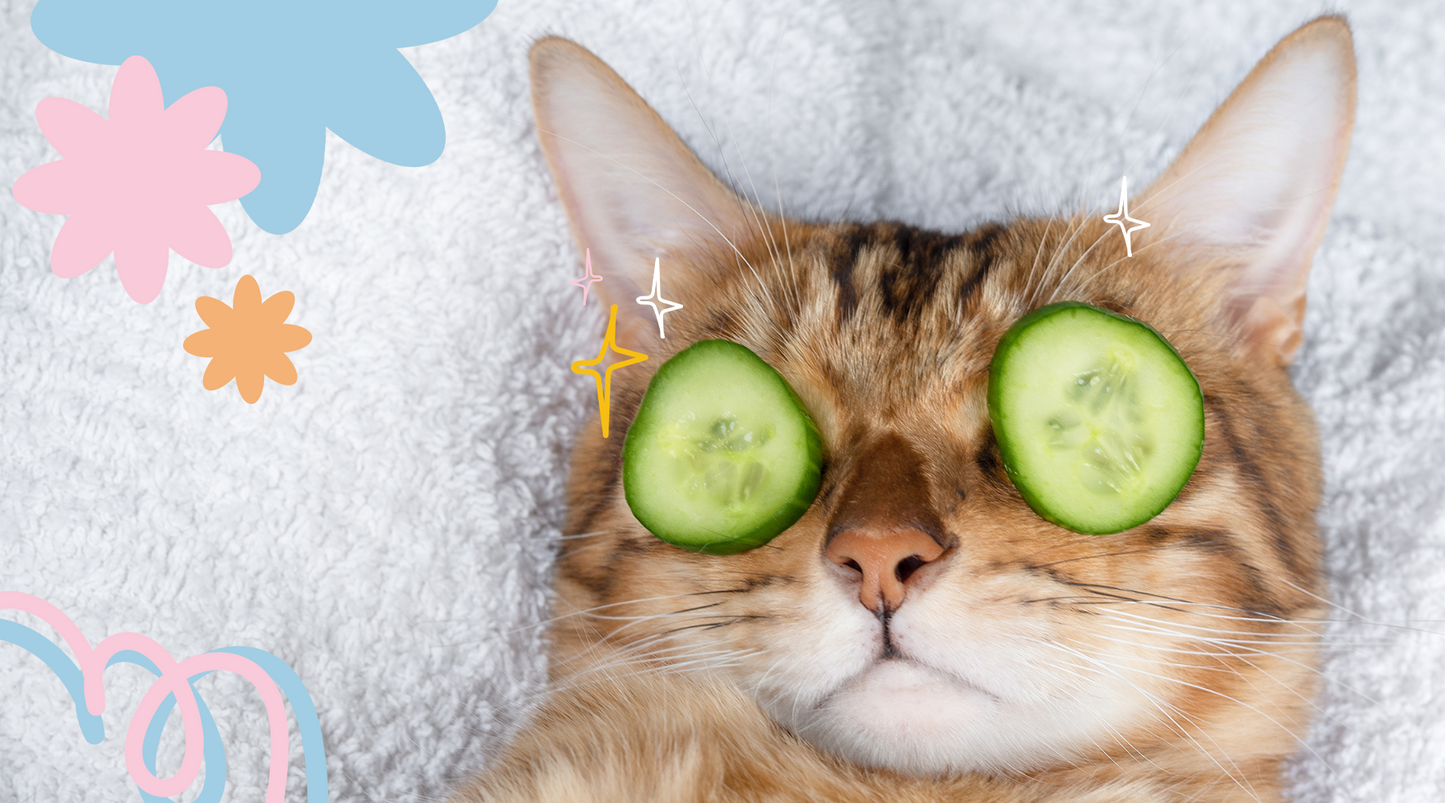
Every cat owner knows the importance of grooming, but not everyone knows the best methods to keep their feline friend looking and feeling their best. From brushing to bathing, this comprehensive guide will provide you with all the cat grooming tips you need to ensure your cat is a happy and healthy member of your family. Dive in to discover the secrets of grooming your cat at home and the benefits it brings.
Why is Grooming Essential for Your Cat?

Grooming is not just about keeping your cat looking good; it's about their health and well-being. Regular grooming sessions help remove loose hair, prevent mats, and reduce hairballs. Moreover, grooming allows you to check your cat for signs of health issues, such as skin problems or lumps. Furthermore, grooming can be a bonding experience between you and your cat, allowing you to spend quality time together and strengthen your relationship.
Brush Your Cat: The Key to a Shiny Coat

Brushing your cat regularly is essential to keep their fur in top condition. It helps remove dead hair, distribute natural oils, and prevent tangles. For short-haired cats, a simple grooming glove or bristle brush will do the trick. For long-haired breeds, a slicker brush or comb is more appropriate. When you groom a cat, remember to be gentle and make the experience enjoyable for your feline friend. Regular brushing also helps in reducing hairballs, a common issue in many cats, especially those with long hair.
To Bathe or Not to Bathe Your Cat?

While cats are generally good at keeping themselves clean, there are times when you might need to bathe your cat. If your cat gets into something messy or has a skin condition, a bath might be necessary. Always use a cat shampoo and ensure the water is lukewarm. After the bath, wrap your cat in a towel to dry them off gently. Remember, most cats aren't fond of water, so it's essential to make the bathing experience as stress-free as possible.
The Art of Clipping: Keeping Those Claws in Check

Clipping your cat's nails is essential to prevent overgrowth and potential injuries. Press the pad on each toe to expose the claw. You will see a darker area of the claw - this is called the quick, and it is where veins and nerves are contained. Use a cat nail clipper and be careful not to cut so far back that you hit the quick. If you're unsure, it's best to seek advice from a vet or professional groomer. Regular nail clipping can also prevent unwanted scratches on furniture or people, especially if your cat is particularly playful.
If possible, adjust your cat or kitten to nail clipping by pinching their paws gently to expose the claws, especially when in a relaxed state. Get your cat used to the sensation, so the clippers don't cause anxiety.
Understanding Your Cat's Fur: Tips for Long-haired vs. Short-haired Cats

Different cat breeds have different grooming needs. While short-haired cats may require less frequent brushing, long-haired cats need regular grooming to prevent mats and tangles. Regardless of the length, every cat benefits from regular grooming sessions. Understanding your cat's fur type can also help you choose the right grooming tools and products for their specific needs.
Best Cat Grooming Tools: What Do You Really Need?

Investing in the right grooming tools can make the process smoother for both you and your cat. Essential tools include brushes, combs, nail clippers, and cat shampoo. Depending on your cat's needs, you might also consider a grooming glove or a deshedding tool. Quality tools can make a significant difference in the grooming experience, ensuring that your cat remains calm and comfortable throughout the process.
How Often Should You Groom Your Cat?

The frequency of grooming depends on your cat's breed, age, health, and whether they are an indoor or outdoor cat. However, most cats benefit from being brushed every day and having their nails clipped every 1-2 weeks. Setting a regular grooming schedule can help ensure that you don't overlook any essential grooming tasks and that your cat remains in top condition.
Make Grooming Enjoyable for Your Cat

When to Seek Professional Help for Cat Grooming

If your cat has severe mats, needs a specific haircut, or you're unsure about certain grooming practices, it might be time to seek a professional groomer's help. They have the expertise and tools to ensure your cat is groomed safely and effectively. Regular visits to a professional groomer can also help identify any potential health issues early on.
The Benefits of Regular Grooming for Cats

Regular grooming offers numerous benefits, including reducing hairballs, preventing skin issues, and strengthening the bond between you and your cat. Plus, a well-groomed cat is a happy cat! Grooming also helps in early detection of any potential health issues, ensuring that your cat remains healthy and vibrant.
Key Takeaways:

- Grooming is essential for your cat's health and well-being.
- Regular brushing helps remove dead hair, distribute natural oils, and prevent tangles.
- While cats are generally good at self-cleaning, occasional baths might be necessary.
- Clipping your cat's nails is crucial to prevent overgrowth and potential injuries.
- Invest in the right grooming tools for a smoother experience.
- Start grooming your cat at a young age to make the process enjoyable.
- Seek professional help if unsure about certain grooming practices.
- Regular grooming strengthens the bond between you and your cat and ensures they look and feel their best.
- Understanding your cat's fur type can help tailor the grooming process to their specific needs.
- Setting a regular grooming schedule ensures your cat remains in top condition.
